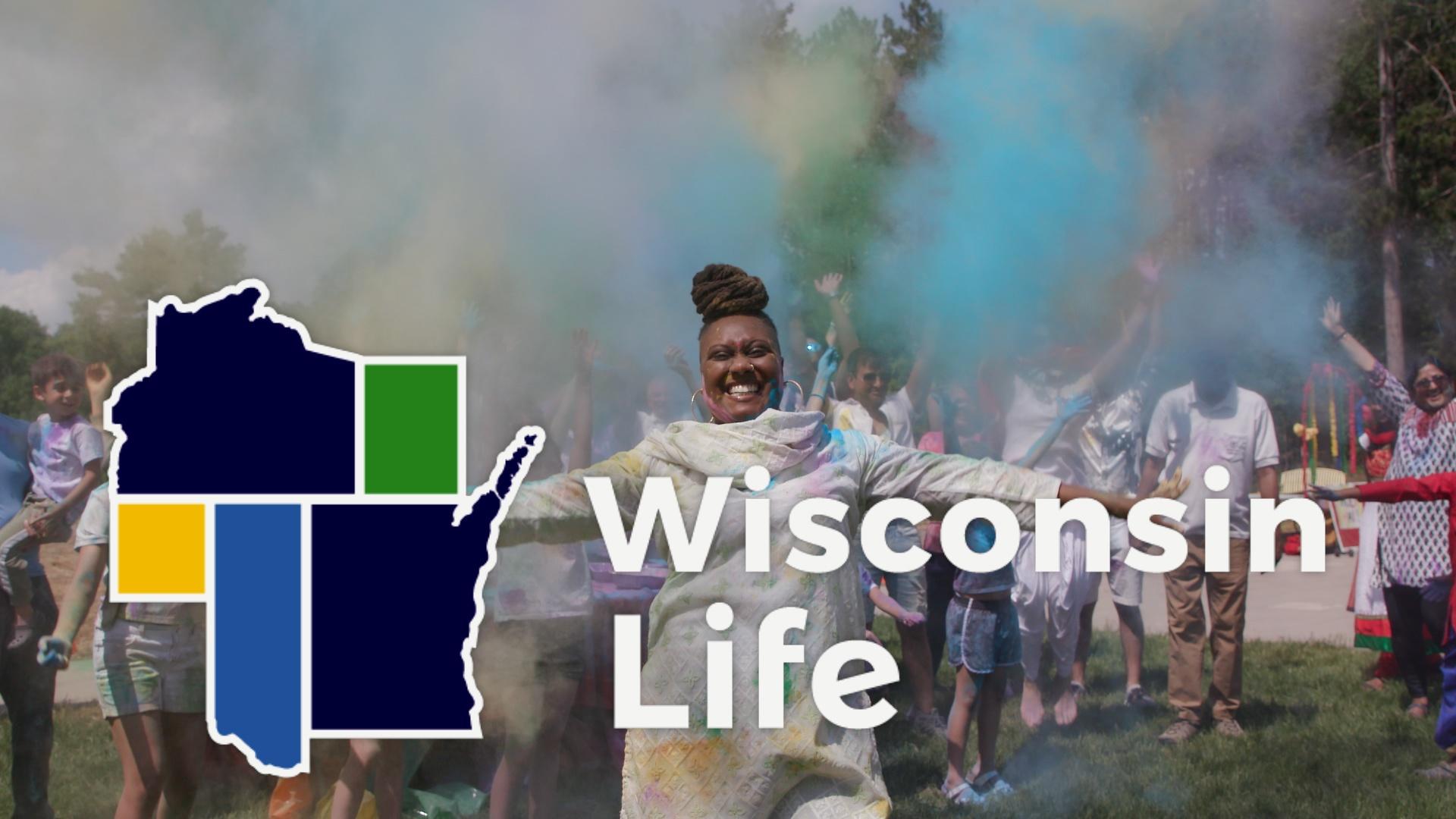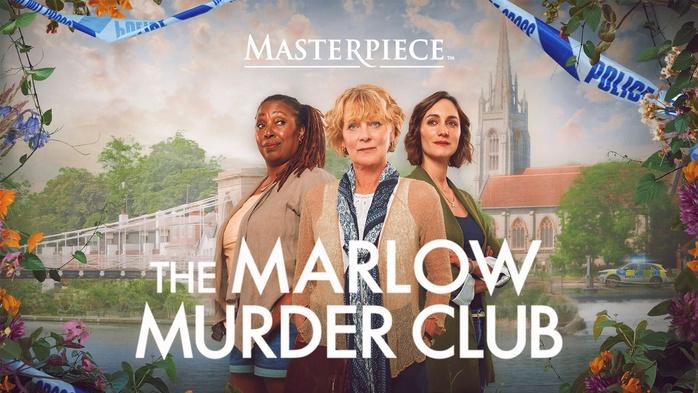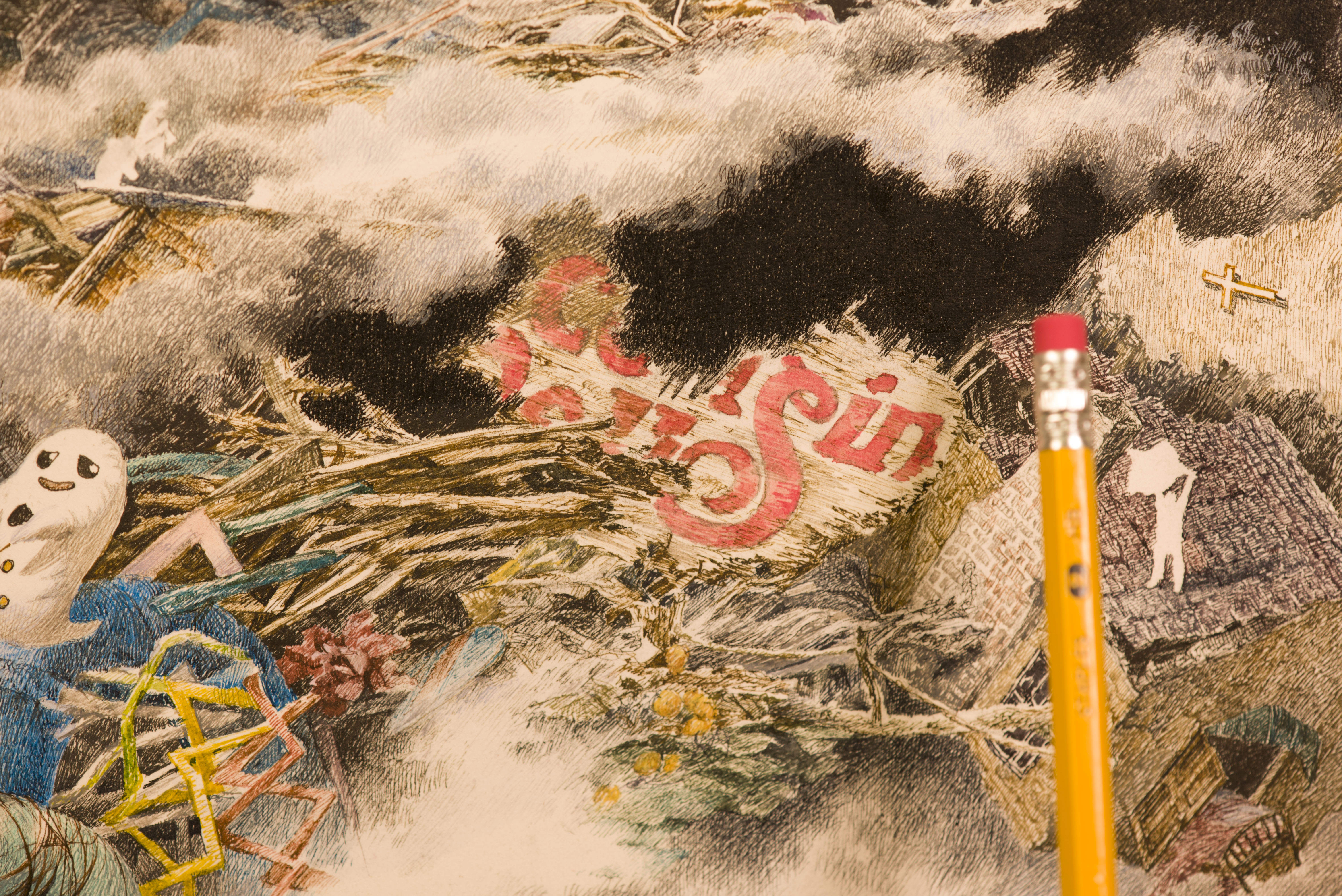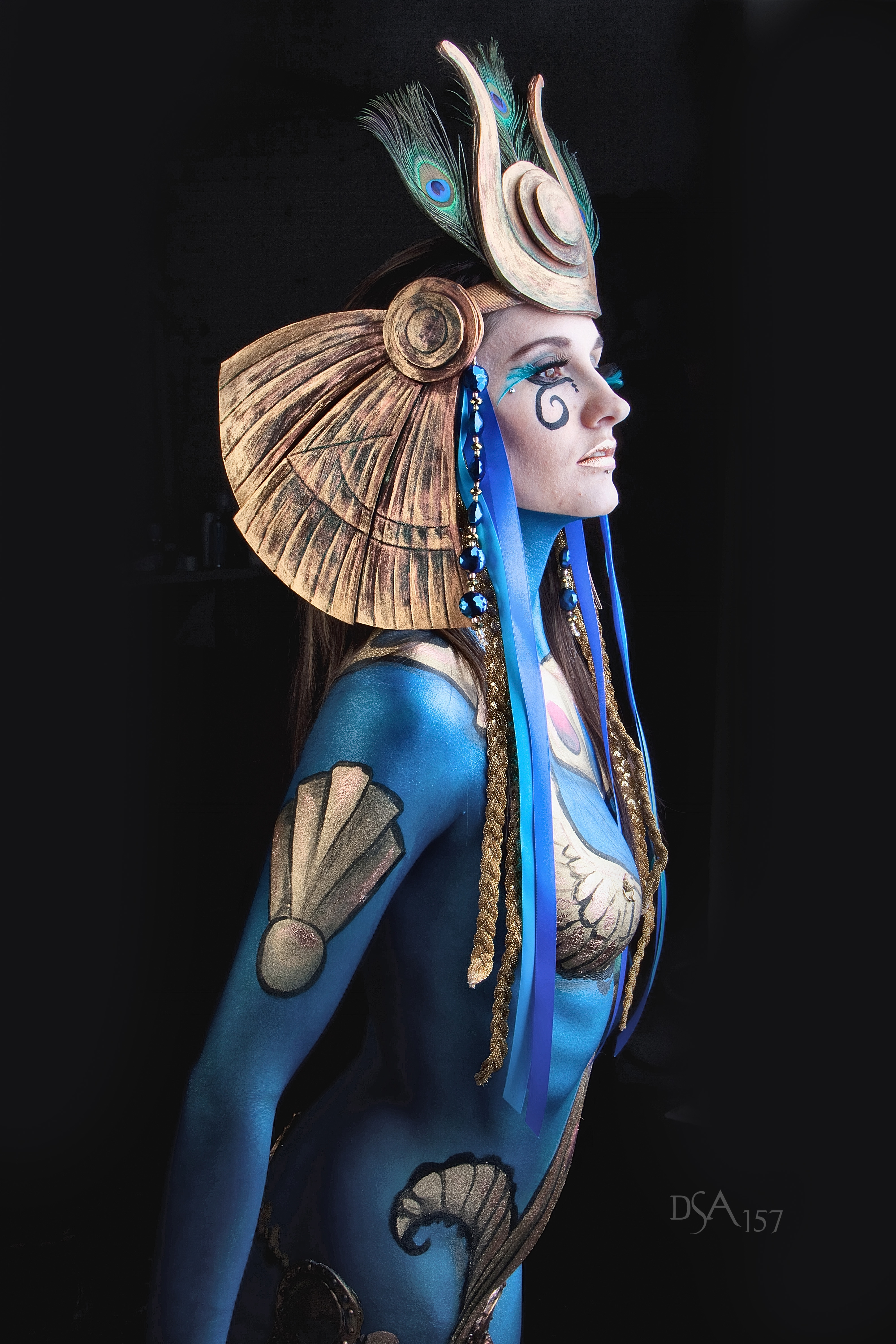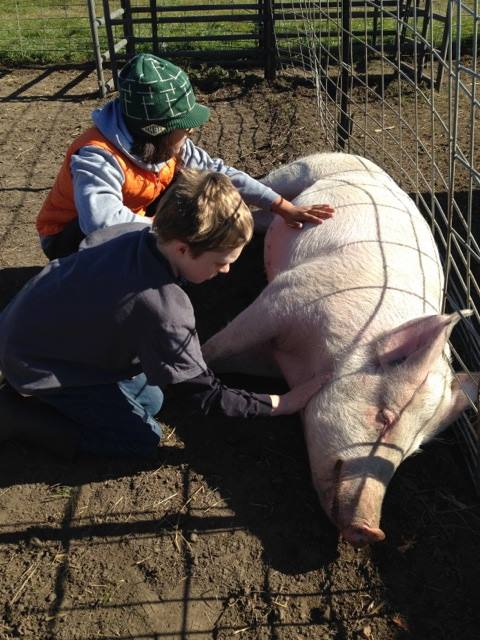Q&A: Behind the Scenes in the New Season of “Wisconsin Life”
September 20, 2016 Leave a Comment
Since the Wisconsin Life project began more than four years ago, producer/reporter Joel Waldinger has been just one of the producers who has worked with WPT videographers to spotlight people and their passions all around the state.
 As we get ready for Wisconsin Life’s Season 4 broadcast premiere on Thursday, Sept. 22, check out our Q&A to find out how he and his colleagues search high and low – sometimes literally – for great stories.
As we get ready for Wisconsin Life’s Season 4 broadcast premiere on Thursday, Sept. 22, check out our Q&A to find out how he and his colleagues search high and low – sometimes literally – for great stories.
Watch Wisconsin Life on WPT 7 p.m. this Thursday, or online now.
 What’s the process of getting these stories on air?
What’s the process of getting these stories on air?
The stream of ideas is never-ending. We find our stories in a myriad of different places. Once, I got a story idea out of my garage sale up north because the rock band Badfinger stopped by on the way to a gig.
One story leads to another. Somebody says, “You need to meet this person,” and on down the trail.
We do a pitch, see if it sticks, then set it up and coordinate dates. Then we go out in the field and let that person just be who they are, trying to capture that on film and in writing. I try to write as little as possible and let the first-person narration explain their passions.
What makes a good Wisconsin Life story?
Interesting people. Extremely visual. Kind of a surprise. I don’t think there’s been one story yet where I went in and didn’t come out amazed about what I didn’t know going in.
I always look for three interesting things to make a good story – any three things.
I saw a girl named Zaria Roller giving the “I Have a Dream” speech at the State Capitol’s Martin Luther King, Jr. Day presentation. The impetus for the story was trying to find out who she is and how she was selected.
Once we started talking to her, we found out she’s in jazz, she’s in community theater – and she’s already in high school at age 13. She’s basically a mini-genius.
It’s one thing to say, “Oh, she’s really brave and mature giving that speech,” but then it’s, “Oh, she can sing! I didn’t realize that!” and “Oh, she’s two grades ahead in high school!” The more you reveal, you’ve got a better story.
I also knew I wanted to do something on the new Packer Hall of Fame. I had no idea that Brent Hensel, who just became its first curator, helped create the Patriots Hall of Fame in New England, too. He grew up in Black River Falls, and when he was little, he told his dad, “Someday, I want to work for the Packers.” That day is today.
Here’s a guy who gets to work with all of that paraphernalia, artifacts and memorabilia. He gets that rush of driving up to Lambeau Field every day, whereas fans get it only on Sundays in the fall.
Once the new building was set up, organizing the archives was one of the first things he wanted to do. No television cameras have ever been allowed into the archives. Being a big Packer fan, going in there was a thrill for me.
Related: See a previous Wisconsin Life story about Lambeau Field turf guru Allen Johnson.
What piece do you think will get people talking this season?
“Body of Art” is about a woman named Dawn Marie Svanoe who paints nude bodies. It has this “ooh, taboo” thing about it; that’s what she would say. But when you see it done, how it’s used, the taboo part falls away.
We were trying to get camera angles without showing too much – this is a family production! – but showing the beauty in this living canvas. It is really a work of art. It’s just not something you experience walking down the street.
We also went to a wildlife refuge and watched sandhill cranes migrate. Absolutely stunning video: lying in the middle of a swamp and watching these cranes come in by the hundreds to nest overnight as they go south.
What unusual situations have arisen while putting segments together?
We were with a cave explorer in Door County. The only access point was below a senior living center in Sturgeon Bay; we had to go through the basement to crawl in. The caver we went with said, “You’re going to have to crawl for about 10 feet or so; then, you’ll be able to stand up.” He didn’t tell us that we would climb over boulders and rocks, sliding this way and that.
He went in first, then my videographer, then me. About halfway down, my videographer said, “I can’t go any further. I gotta get out of here.” She was claustrophobic; there was no air in there. I had to back out so she could back out.
I thought, “Oh no; 90 percent of the story is the visuals.” So I shot most of the story myself with a GoPro camera.
There was a hole about the size of a large pumpkin; he said, “There’s the next segment.”
All I could think was that my hips were going to get stuck with my head in the dark. I said, “No, we don’t need to go in there.”
What piece really spoke to you personally?
Heartland Farm Sanctuary, the only sanctuary in the state for farm animals. To see the number of volunteers that are working for these animals, and hear the backstories of these animals…
This pig falls off a truck near Rockford, probably headed for the slaughterhouse. A family stops and picks it up; it’s bloodied and bruised. They have no idea what to do with it; neither does the Humane Society or law enforcement. Eventually it finds its way to Heartland Farm Sanctuary, as a 14-pound piglet, and now it’s 800 pounds. Winnie: friendliest pig in the world.
It was eye-opening to me when the founder, Dana Barre, said, “There’s 40-50 million animals in Wisconsin, and not one [other] farm sanctuary.” Here, about 100 animals have been rescued and will live out their lives in a happy place.
They live on a wing and a prayer, not knowing where money or food will come from in the weeks ahead. That takes a lot of guts.
Looking at both the people involved and the actual job that they do, it’s inspiring.
What might surprise viewers behind the scenes?
The amount of shooting. In order to tell a really good story, probably only about a fifth of what we shoot ends up on the air.
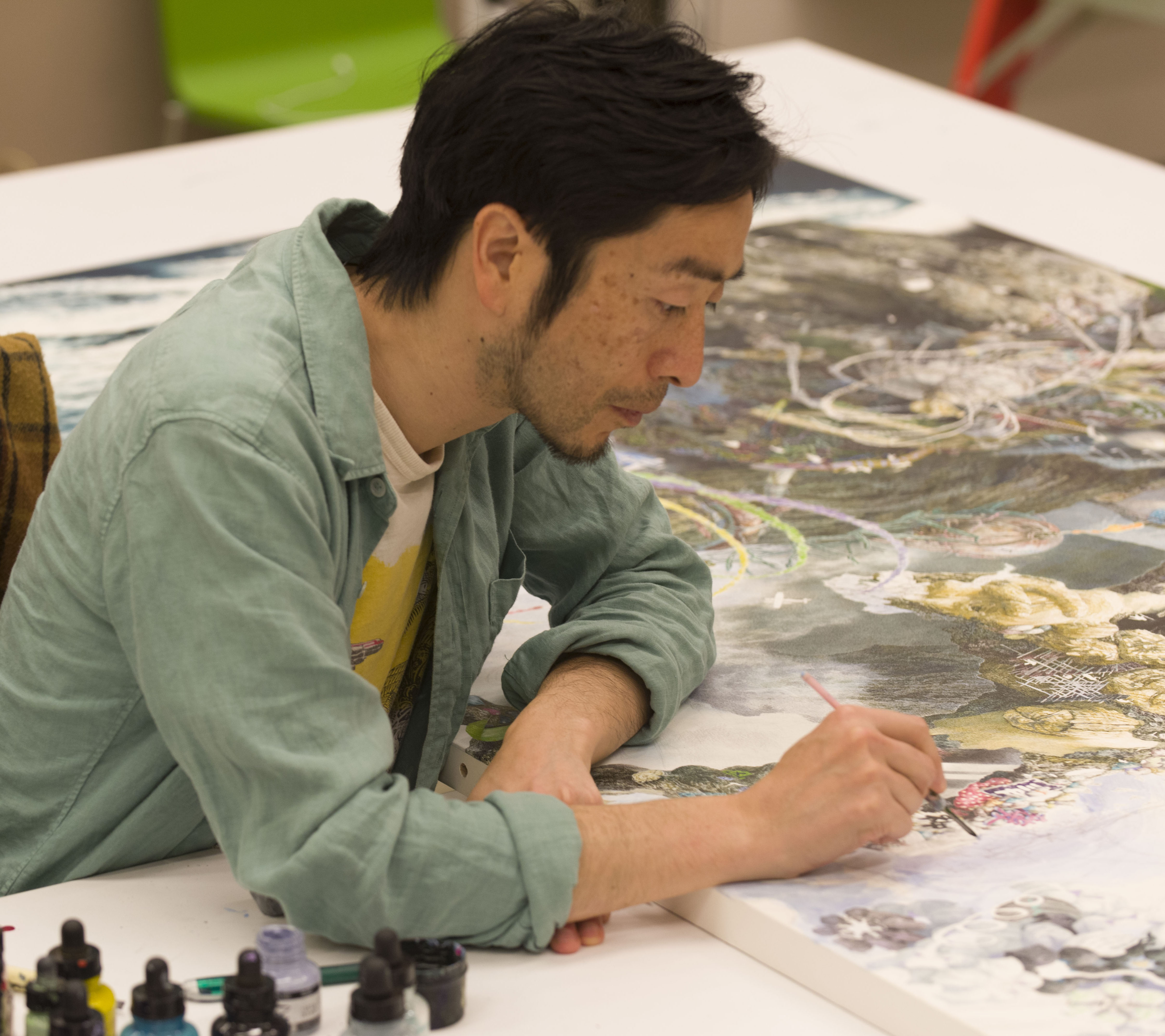 This will be the fourth or fifth shoot with Manabu Ikeda, a Japanese fine artist at the Chazen Museum [just across University Ave. from WPT’s offices]. We’ve been able to run across the street, shoot a little and come back.
This will be the fourth or fifth shoot with Manabu Ikeda, a Japanese fine artist at the Chazen Museum [just across University Ave. from WPT’s offices]. We’ve been able to run across the street, shoot a little and come back.
Some shoots will be only one day, in and out. On Washington Island, we did one of the only Russian honeybee breeders in the state. Obviously, that’s a remote location; we’re not going to run back and get additional B-roll if we need to.
Some stories are in the works for more than a year. We’re doing a story right now on the elk herd. When I got in touch with that guy last October or November, he said, “The best time you want to do this is in September.” 10 months later, we’re just about ready to go.
What makes you most proud of the program?
People are so excited about this place they call home. They see neighbors succeeding, doing something unexpected; they’re learning of people they had no idea existed. They really want this to be a great place to live, and to contribute to that with whatever they’ve got – their artwork, their business, their hobby, their know-how.
There are so many great stories in Wisconsin. Being able to travel and share those stories: what a fun job!
Program interview News and Public Affairs Madison Wisconsin Life
 Passport
Passport